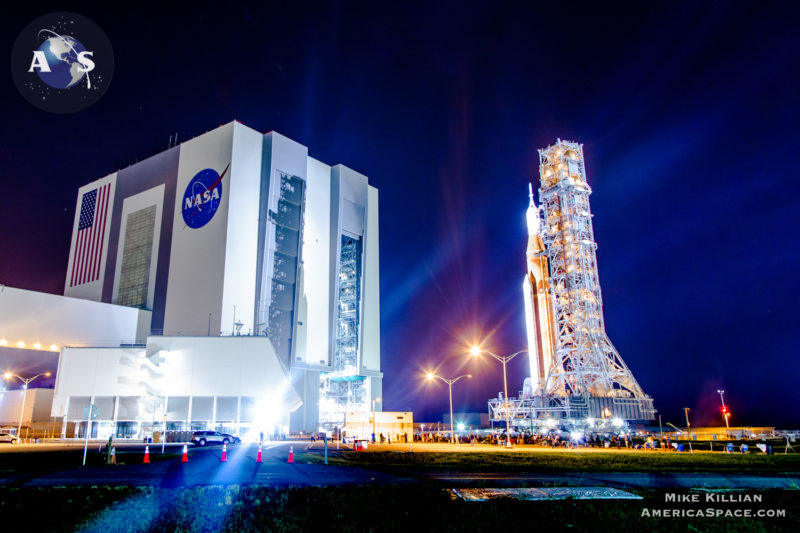
Earlier today (June 20th), the Government Accountability Office (GAO) released a sweeping report on the status of the largest NASA programs which are currently in development [1]. The report itself was not unexpected; the GAO produces similar documents on an annual basis. However, this report provided unique insights into the challenges which NASA is encountering as it attempts to implement Artemis, the most ambitious human spaceflight initiative in half a century. Many of these pieces of information had not been previously released to the public. Most notably, the report disclosed one probable root cause for the unexpected behavior of Artemis 1’s heat shield: the low permeability of its ablative material. It also revealed that NASA’s internal baseline target date for Artemis 3, the program’s first lunar landing, is February of 2028. This casts doubt on the feasibility of a lunar landing in 2026, as is publicly planned. Finally, the report stated that Axiom Space is facing challenges with recruiting engineers to develop the lunar EVA suits which astronauts will wear during Artemis 3.

The Government Accountability Office (GAO) is an independent agency, but it provides a crucial service for NASA and other federal agencies. Its mission is to investigate allegations of corruption and to verify that taxpayer dollars are spent efficiently and responsibly by the government. For the past 16 years, the GAO has produced annual reports on NASA’s major projects. This responsibility was created at the behest of the House Appropriations Committee in its 2009 appropriations bill [2]. In this context, “major projects” are defined as missions which costs at least 250 million dollars, take multiple years to complete, and are in development rather than operations.
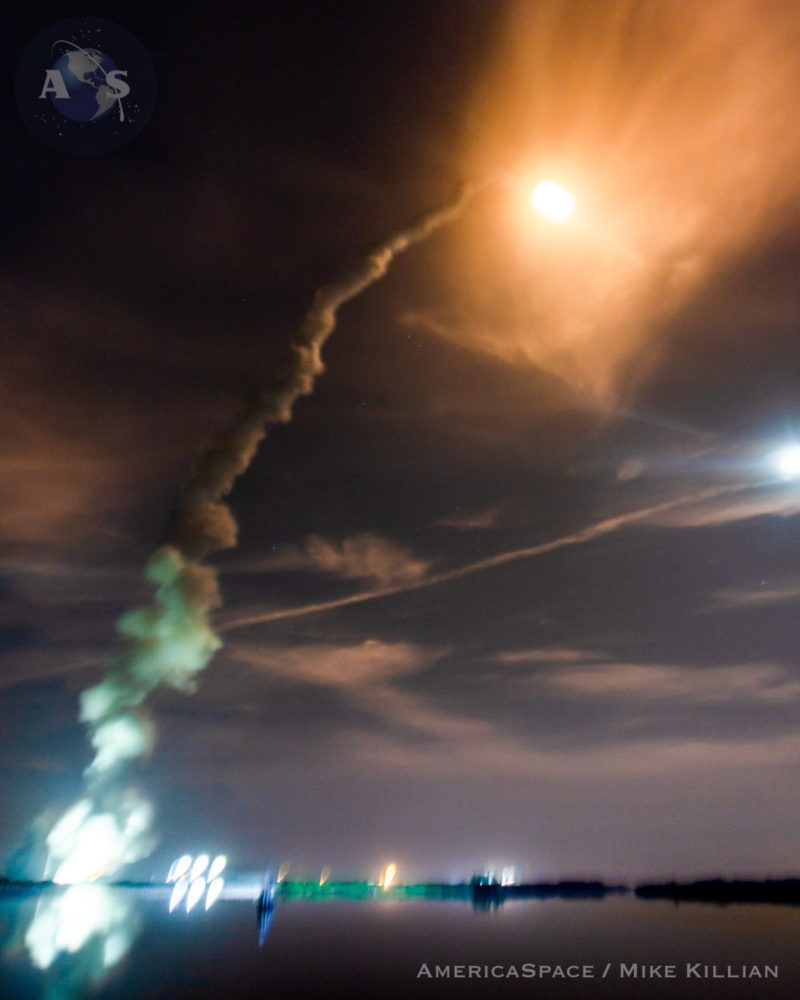
The GAO’s most recent assessment began in April of 2023 and continued through June of 2024. Cost overruns and schedule slips (if any) were documented for 36 major projects. In addition, the report contained information on pending issues which could potentially impact the schedule and budget for each mission in the future. Broadly, NASA is improving its management of its portfolio. In aggregate, the missions which were audited this year have produced $4.4 billion in cost overruns and 14.6 years of delays. This is an improvement over last year’s report, which documented $7.6 billion in cumulative cost overruns and 20.9 years of delays. This is largely due to the fact that the SLS rocket, NASA’s largest single program, graduated from development to operations with the launch of Artemis 1 and is therefore no longer under the GAO’s purview.
Beyond these top-level statistics, the report contained several noteworthy details on the status of the Artemis program. Three programs which are required for America’s return to the Moon on Artemis 3 were assessed by the GAO: the Orion crew capsule, the Starship lunar lander, and the AxEMU space suit. The agency’s concise summaries disclosed key pieces of information which were not previously disclosed in public circles.
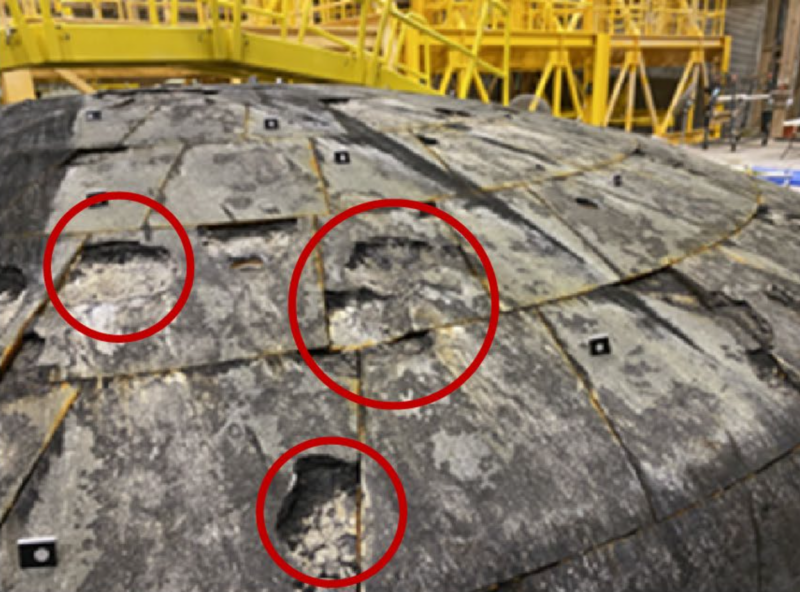
First and foremost, the report appeared to disclose the probable root cause for the unexpected damage to Artemis 1’s heat shield. Since the middle of last year, the performance of the heat shield has been NASA’s most persistent concern in the lead-up to Artemis 2, the program’s first crewed mission. Orion’s heat shield is coated in an ablative material called Avcoat, which must contend with the unique thermal stress of a lunar reentry. When it enters Earth’s atmosphere, Orion will be travelling at Mach 38, with 2.3 times the kinetic energy of an equivalent capsule in low Earth orbit.
As it is heated, an ablative heat shield is supposed to slowly char, liberating microscopic flakes and gases; these products then carry thermal energy away from the spacecraft. Instead, Artemis 1’s heat shield lost numerous large chunks of Avcoat in a process known as spallation. In post-flight imagery of the heat shield, released by NASA’s Office of the Inspector General (OIG) last month, over 100 pits are visible [3]. Since these observations did not match the Orion program’s predictions about the heat shield and because a more damaging incarnation of this behavior could put the crew at risk, NASA would like to understand the root cause of the spallation before launching Artemis 2.
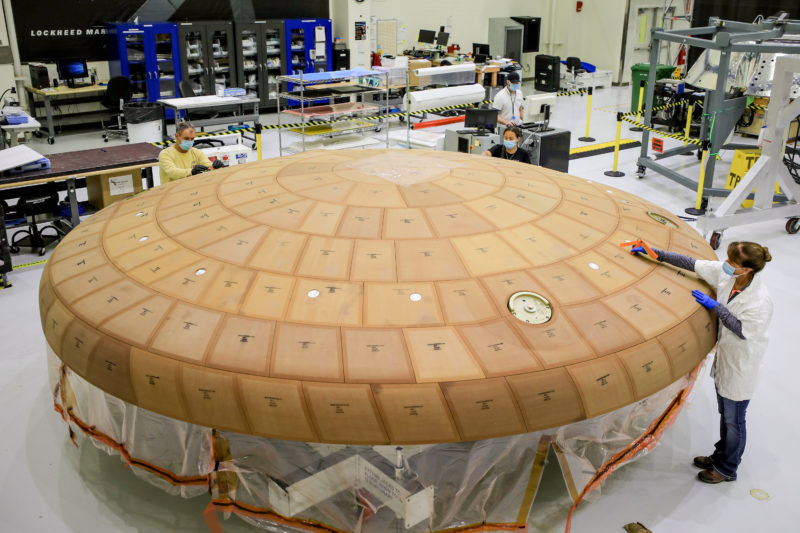
The heat shield anomaly investigation was conducted using the world-class arc jet facilities at NASA’s Ames Research Center. The tests wrapped up last year, but as of this writing, NASA has not publicly disclosed the root cause of the spallation. According to the GAO, the Orion program plans to brief NASA leadership about their findings this month; the investigation should be closed out this summer [4]. An independent review board led by former Space Shuttle Flight Director Paul Hill is concurrently verifying the NASA team’s conclusions.

We would be remiss if we did not note that the investigation is still in its final stages, and that some analyses may still be underway. However, the Orion program’s leaders evidently felt comfortable enough to disclose the most likely root cause of the anomaly to the GAO. “According to officials, analysis indicated that the permeability of the material was lower than their models had indicated,” the auditors wrote [1]. Due to its broad scope, the report did not elaborate on this observation, and it did not discuss the physical mechanism which links the low permeability to the spallation. If the outermost layer of the heat shield was not sufficiently permeable to oncoming plasma, it would have led to a sharper thermal gradient across its surface, but it is unknown whether this alone could result in the observed loss of Avcoat.
The GAO confirms that NASA is investigating whether they can modify Artemis 2’s reentry trajectory to reduce the magnitude of the spallation. These options were previously described in detail by Artemis 2 Pilot Victor Glover in an interview with Ars Technica’s Stephen Clark [5]. As for future missions, the GAO noted, “Officials said an option for Artemis III and beyond may be to modify their manufacturing process to increase and optimize the permeability in heat shield materials.”
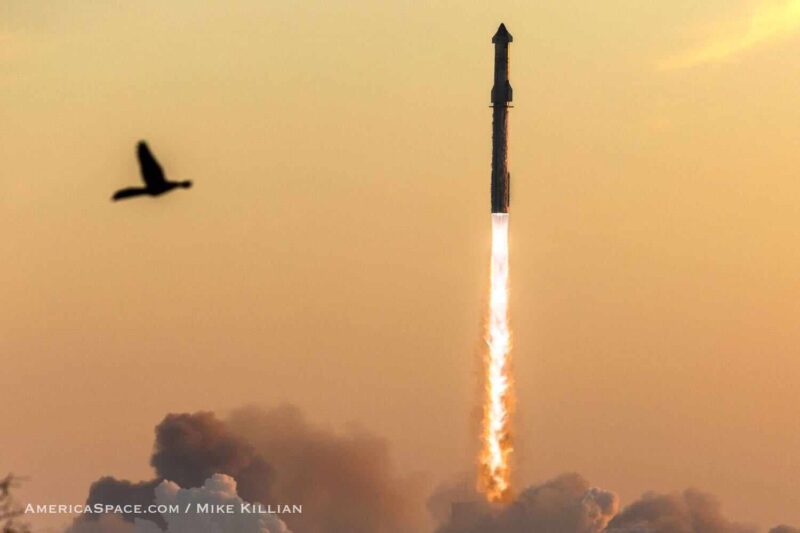
The audit also included a major clarification about the schedule for Artemis 3. Since January, NASA’s leadership has consistently claimed that the mission will take place in September of 2026, one year after Artemis 2. “SpaceX is signed up to land in September of 2026,” NASA Administrator Bill Nelson told Congress on April 30th [6]. While SLS, Orion, Starship, and the AxEMU must all be available prior to Artemis 3, the lander is currently expected to be the pacing item due to the complex series of ship-to-ship cryogenic refueling operations which must be conducted in orbit prior to the mission.
According to the GAO, achieving the 2026 goal is unlikely; in fact, the Human Landing System program has a different internal schedule estimate for human lunar return. “In December 2023, NASA established cost and schedule baselines for the HLS Initial Capability at the 70 percent joint cost and schedule confidence level, as required by NASA policy,” the report stated [1]. “The cost baseline is $4.9 billion, and the schedule baseline is February 2028 for the lunar orbit checkout review.” Currently, there is a 17-month gap between the official Artemis 3 launch date and this internal baseline target date.

Establishing 70 percent confidence levels following a spacecraft’s Preliminary Design Review is standard practice for any NASA program. For HLS, this metric essentially states that there is a 70% probability that Artemis 3 will be completed prior to February of 2028, and that there is a 30% probability that the landing will happen after this date. As one might expect, there is a large amount of uncertainty in this schedule due to the unforeseen challenges which will inevitably arise in the construction of a machine which is as complex as a crewed lunar lander. However, the 70 percent joint confidence level is still valuable, as it allows NASA to set realistic and reasonable deadlines for its workforce. For large and ambitious projects, these estimates have proven to be correct more often than they are not. In 2014, the SLS program projected that Artemis 1 would launch in November of 2018 with 70% confidence [7]; in reality, the mission flew four years later. The James Webb Space Telescope had a baseline launch date of July 2021, and it launched in December of that year [8].
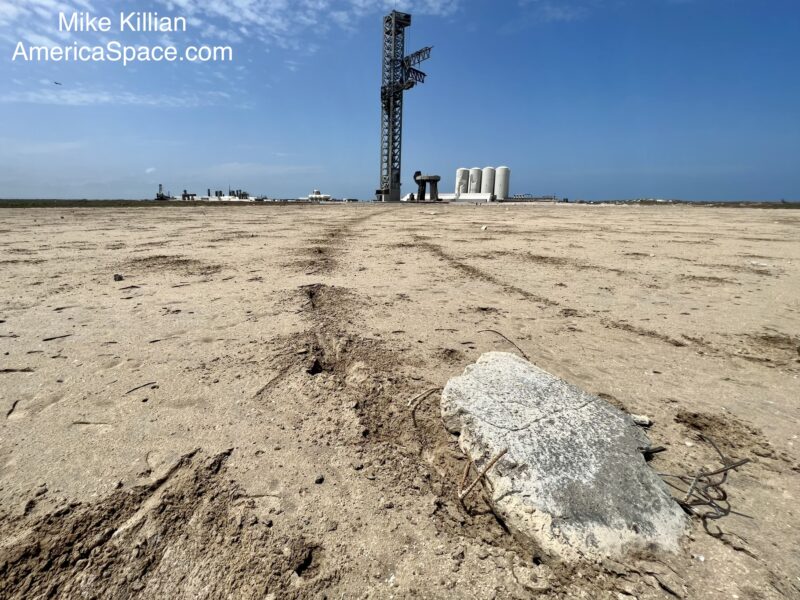
SpaceX’s HLS contract has a total value of 2.9 billion dollars. It is worth noting that this contract has a fixed price and that it did not grown as Artemis 3 was delayed beyond its aspirational 2024 launch date. Rather, the $4.9 billion also includes NASA’s contributions to the development of HLS. While the agency’s involvement in commercial programs is often overlooked, the development of Starship is a true partnership between SpaceX and NASA, combining the former’s innovative culture and rapid iteration with the latter’s meticulous analysis and six decades of heritage.
According to the GAO, NASA’s engineers have made substantial contributions to the Starship program. “In December 2023, the program reported that SpaceX used significant NASA technical expertise to support its technology development. SpaceX’s second integrated flight test incorporated NASA technology for accurately estimating propellant mass in space, according to HLS program officials. Further, the HLS program tested large propellant valves at Marshall Space Flight Center, and generated independent models to assess propellant aggregation, usage, and storage.”

The report also touched on sources of uncertainty for the “sustainable” HLS, which will be leveraged for Artemis 4 and subsequent missions. It noted, “The program found significant issues with SpaceX’s supporting evidence that its mission can be achieved within schedule and acceptable risk. HLS officials noted that SpaceX’s schedule lacked sufficient detail to assess progress, and, as a result, SpaceX agreed to provide more detailed schedule data for its SLD (Sustaining Lunar Development) lander.” It is unclear whether these risks will also impact Artemis 3. The Starship vehicles which will land astronauts on the Moon during Artemis 3 and 4 share numerous common systems, including propellant tanks, engines, landing gear, and elevators. However, the sustainable lander may feature enhancements to its life support system, its autonomous landing software, its power storage, and other components [9], which might be driving the risks which are cited by the GAO.
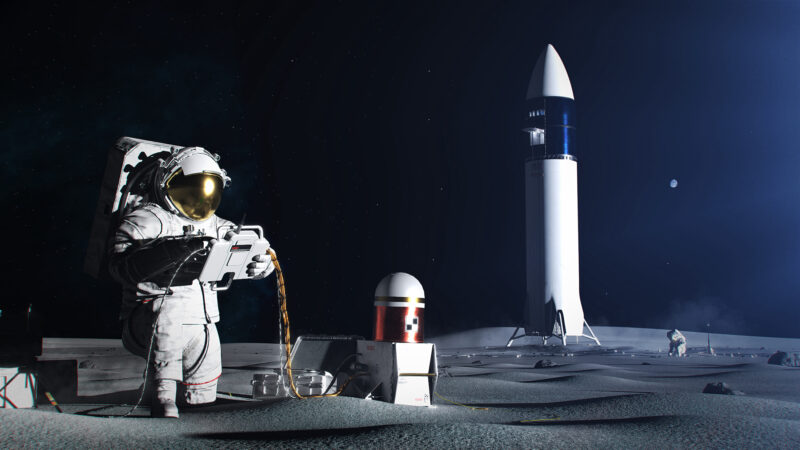
Finally, the report documented an evolving issue concerning the development of the space suits which the Artemis 3 astronauts will wear on the lunar surface. The Axiom Extravehicular Mobility Unit (AxEMU) is being developed by Axiom Space under a contract with NASA. While Axiom is a young company, it is a capable organization which was founded by a group of former NASA engineers led by former ISS program manager Mike Suffredini. The suit is heavily based upon the Exploration Extravehicular Mobility Unit (xEMU), a prototype lunar space suit developed by NASA.
However, like many start-ups, Axiom is still filling out its ranks. This poses challenges for the AxEMU program. According to the GAO, “Axiom is working to address workforce gaps in its specialized technical disciplines. NASA and Axiom established meetings between contractor and NASA subject matter experts to cover gaps in technical expertise. Axiom is still working to establish hiring plans for the additional personnel it needs.” It is unclear if or how this will impact the development schedule for the EVA suit.
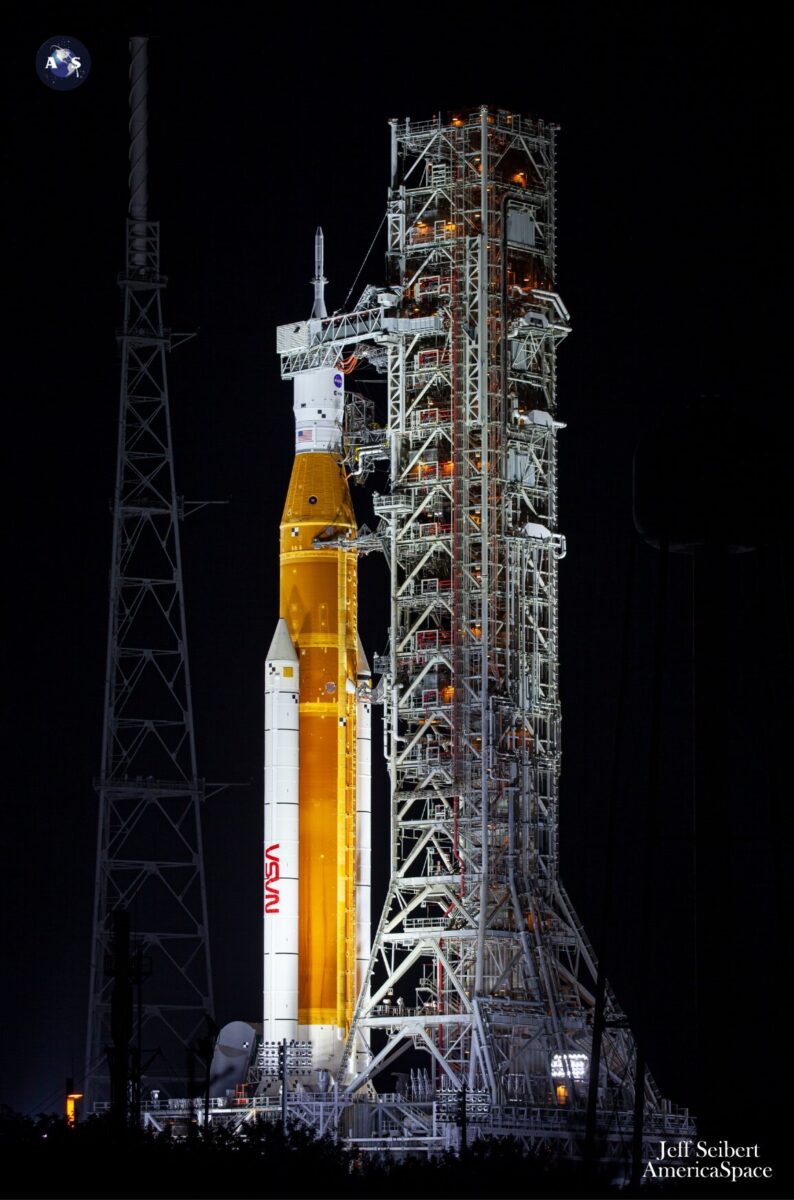
The GAO report provides unique insights into the current status of the Artemis program. It is noteworthy that many recent issues with Artemis hardware have only been disclosed thanks to government watchdogs; for instance, the first photographs of the Artemis 1 heat shield were released by the OIG in May. While it appears that astronauts will not return to the lunar surface until the final years of this decade, setbacks are to be expected. Artemis is an immensely complex national effort which requires close cooperation between multiple programs and companies, as well as novel technologies such as segmented lunar heat shields and orbital refueling.
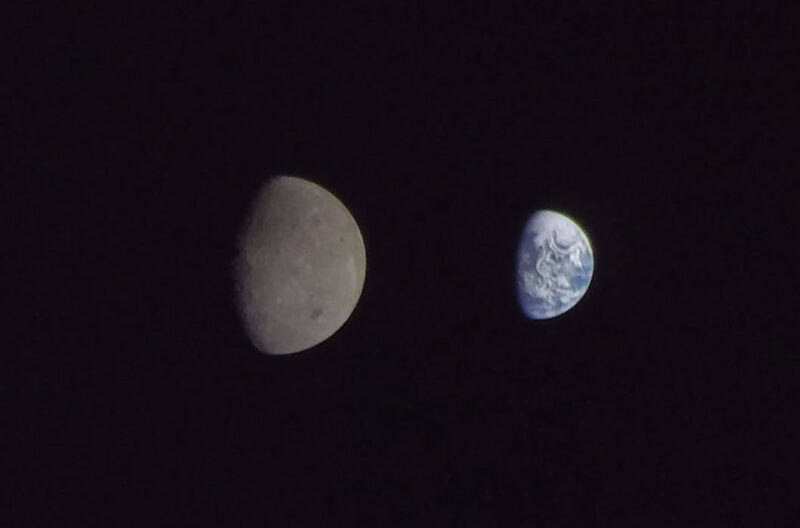
With Artemis, NASA is trying to rebuild a foundation for the human exploration of another world which was lost with the termination of Apollo. The next few years will be critical for the program as it attempts to close its technology gaps, fly astronauts safely, and set a realistic schedule. However, to invoke the words of President John F. Kennedy, these challenges are worth facing “not because they are easy, but because they are hard, because that goal will serve to organize and measure the best of our energies and skills, because that challenge is one that we are willing to accept, one we are unwilling to postpone, and one which we intend to win.”






The major spallation on the Artemis-1 Orion heatshield always intersects a block boundary. Suggesting that the spallation originates from the block joins.
Have Avocet blocks been used as a heat shield before ?
Hi Rod,
I didn’t want to openly speculate in the article, but yes, the correlation between the boundaries of the blocks and the areas which lost material is interesting. During reentry, the greatest thermal and mechanical stresses should be found at the boundaries between two different components or types of material. I looked through archival photos of the Apollo Command Modules while doing research for this article. The spallation on the CM heat shields was much more limited than on Orion, but it was present. It was restricted to the edges of the heat shield and the areas surrounding the bolts which connected the CM to the Service Module (SM), which supports your hypothesis.
Avcoat was used for the Apollo heat shield. However, the Apollo heat shield was a monolithic (single-piece) component with a honeycomb-like structure. Each cell in the honeycomb was filled in by hand, which was a time-consuming process. When NASA tried to scale up this design for the EFT-1 Orion test flight in 2014, they learned that the larger Orion heat shield is prone to cracking as the Avcoat, which is injected into honeycomb cells as a viscous putty, cures. That prompted them to switch to the block design.
When NASA was designing Orion, they considered an alternative to Avcoat called PICA, which was used for the Perseverance, Curiosity, and Crew Dragon heat shields. They rejected PICA because it would have required a block design and because there were no proven gap fillers to seal the voids between the blocks. Presumably, they had to develop a gap filler when they switched to blocks of Avcoat, but designing a segmented heat shield is always difficult and they could have encountered unexpected behavior. To know for certain, we will need to wait until NASA releases the results of the heat shield investigation, which should happen this fall.
Best regards,
Alex